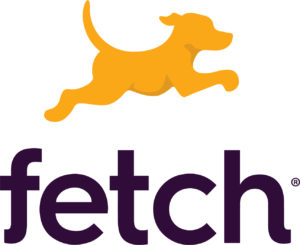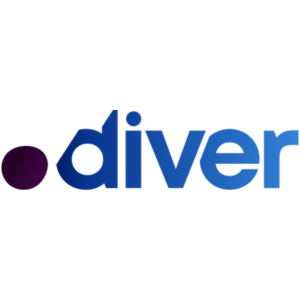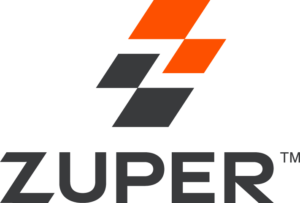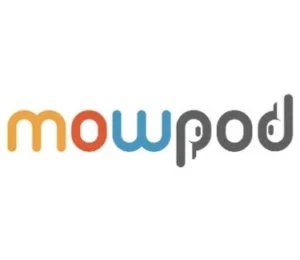Zeroing In On The Ideal Product Price Point — Laura Troyani // PlanBeyond
Laura Troyani
PlanBeyond

- Part 1Using Market Research To Nail Product & Business Positioning
- Part 2 Zeroing In On The Ideal Product Price Point — Laura Troyani // PlanBeyond
Show Notes
Quotes
-
“Before we think about the number or what the price should be, it’s really important to take a step back andsay, ‘what should a pricing strategy look like?’ and a lot of that is based on what is your business strategy or your business positioning.” -Laura “There is a strategy component here which is figuring out as part of your positioning exercise. If you’re going to be elite, have a high price point, if you are every man’s brand has a low price point.” -Ben “There is a couple of different ways of slicing that cake. I would argue that the easiest is frankly just doing a competitive audit. It is going out there and potentially looking at direct competitors.” -Laura “You can do competitive audits and see who the mid-market players are and specifically you want to look at their features and benefits relative to the price point to see where you play.” -Laura“If you have more robust features, maybe you can play a little bit higher along that price spectrum, and if you are in the smaller to mid-market, target lower features. It’s a qualitative approach to tackling this.” -Laura “One of the simplest pricing methodologies out there is called van westerndorp. Here, you ask a whole bunch of folks who fit your target customer profile four (4) questions.” -Laura “In van westerndorp, you begin to create a graph and as you overlap the different lines in the graph, you get a point where the lines meet and that becomes what is seen as the optimum price.” -Laura “The optimum price is the place in which a business can actually price the product and reap the most benefits. That is, you are pricing it in such a way that people are saying, ‘I am paying a little bit more than I want to but I’m still willing to pay for it.’ It’s a great way to visualize where those sensitivitiesbegin to play.” -Laura“People don’t make purchase decisions simply on price alone. There are a lot of variables that impact that choice.” -Laura“If you want to go maybe a little bit more complex and want to be able to capture some of that complexity of the decision-making, we have to go to a different methodology called Adaptive Choice-Based Conjoint Analysis.” -LauraIn the Adaptive Choice-Based Conjoint Analysis, imagine you are in a supermarket and you are in the soda aisle and I say, ‘hey, you have to pick one thing off the shelf’. Now I know that you as a consumer are beginning to make alot of choices in real-time. Yeah, you’re looking at price but you are also looking at brand, flavor, health benefits and in that moment of time, you are weighing all of those different variables and making a decision.” -Laura“As you begin to do the analysis and you have a lot of different levels then which then use mid and max price points, you can really see where folks will fall.” -Laura“I think the psychology behind the pricing is a huge component to it. How you think about the competition, the sensitivity to different price points and also what is the mindset that they have when they are going through the purchasing process.” -Ben “I do ask people, ‘hey what if you charge less could you attract a bigger market and actually build your businessfaster and bigger’, that’s always a tension that I find in bigger organizations and I think any organization needs to ask themselves if they can take advantage of volume plays, of market size or if we are talking about a smaller, niche-r market, do they really need to optimize what they got because they are playing in a smaller pond.” -Laura
- Part 1Using Market Research To Nail Product & Business Positioning
- Part 2 Zeroing In On The Ideal Product Price Point — Laura Troyani // PlanBeyond
Up Next:
-
Part 1Using Market Research To Nail Product & Business Positioning
Today we're going to talk about how to use market research to maximize profitability. Joining us is Laura Troyani, the Principal of PlanBeyond which is a boutique marketing agency focused on research strategy and operations, specializing in working with startups and organizations launching new products. In part 1 of our conversation, Laura is going to walk us through her views on using market research to nail product and business positioning.
Play Podcast -
Part 2Zeroing In On The Ideal Product Price Point — Laura Troyani // PlanBeyond
Today we're going to talk about how to use market research to maximize profitability. Joining us is Laura Troyani, the Principal of PlanBeyond which is a boutique marketing agency focused on research strategy and operations, specializing in working with startups and organizations launching new products. In part 2 of our conversation, we discuss how you can zero in on the ideal product price point.










